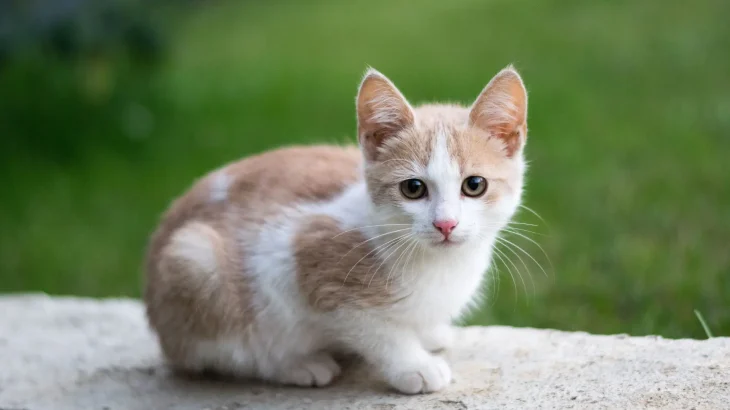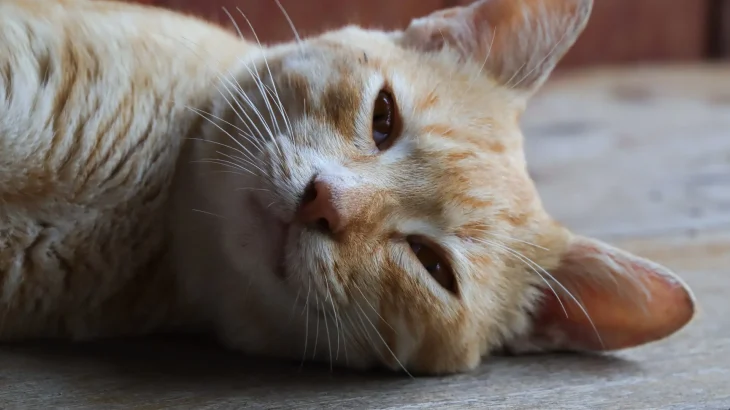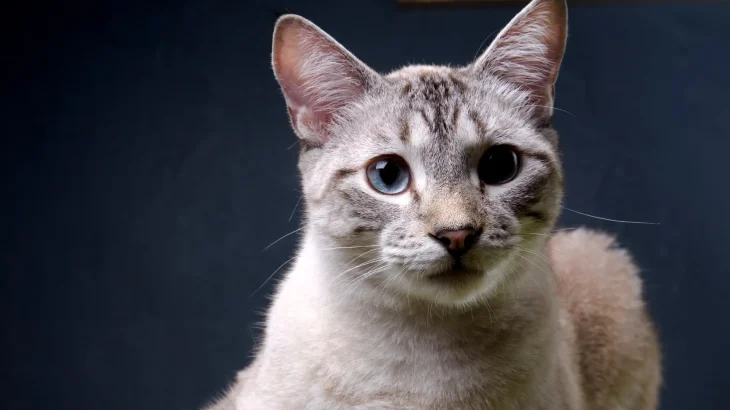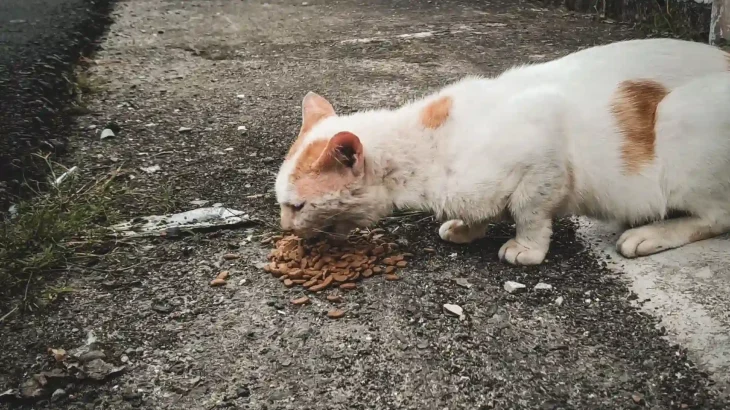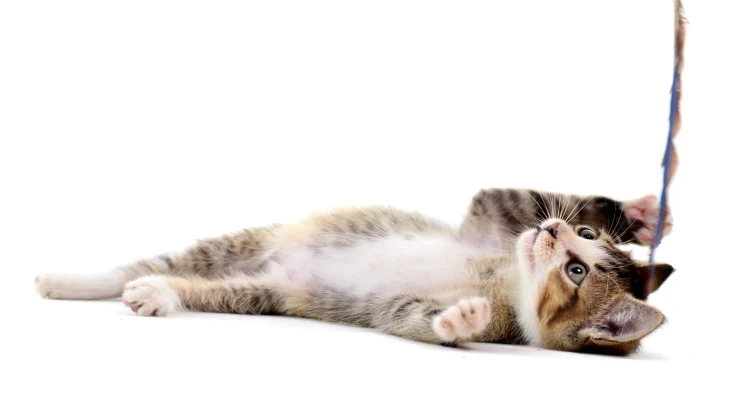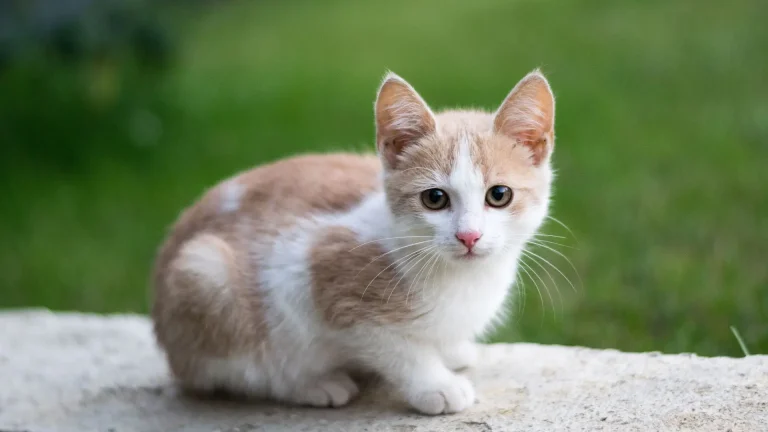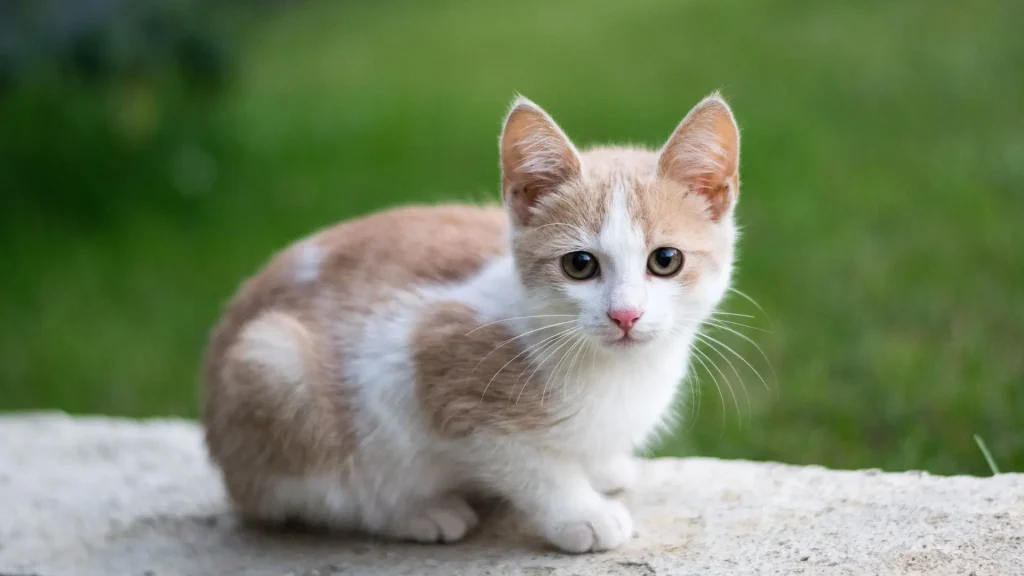Choosing whether to adopt or buy an Asian cat kitten means balancing certainty with compassion. Buying from a breeder offers more predictable details about your kitten's background, while adopting gives a loving home to a cat who might otherwise be overlooked. Both options have unique benefits depending on what you value most in your new furry friend.
| Criteria | Buying from Breeder | Adopting from Shelter/Rescue |
|---|---|---|
| Cost | Generally higher due to breed purity and registration fees. | Lower fees often include vaccinations and vet checks. |
| Health History | Detailed health and genetic info usually available. | May be incomplete, but basic health screenings are done. |
| Age Availability | Kittens mainly available, allowing early bonding. | Various ages, including adults, offering more choice. |
| Temperament Insight | Breeders provide info on lineage personality traits. | Shelter staff share observed behaviors; background uncertain. |
| Supporting Practices | Supports breed conservation; choose ethical breeders. | Supports animal welfare by rescuing cats in need. |
| Ethical Considerations | Requires care to avoid poor breeding practices. | Helps reduce homeless cat populations and abandonment. |

